From Legendary Arenas to Modern Marvels: The World’s 20 Most Iconic Football Stadiums
Football is more than just a sport; it’s a culture, a passion, and a way of life for millions of fans worldwide. The stadiums where these games unfold are hallowed grounds, hosting historic matches, unforgettable moments, and the unrelenting spirit of supporters. This list showcases the 20 best football stadiums globally, highlighting their unique features, histories, and the unparalleled experiences they offer.
20. Ibrox (Capacity: 50,817)

Home to Rangers in Glasgow, Scotland, Ibrox has been a cornerstone of Scottish football culture since its opening in 1899. The stadium has witnessed the club’s triumphs and tribulations, including its relegation in 2012. Its most unforgettable moment came in 1939, when a record 118,567 fans packed the stadium for a match against Celtic. Even in challenging times, the unwavering support of Rangers fans makes Ibrox a truly iconic venue.
19. Estadio da Luz (Capacity: 64,462)
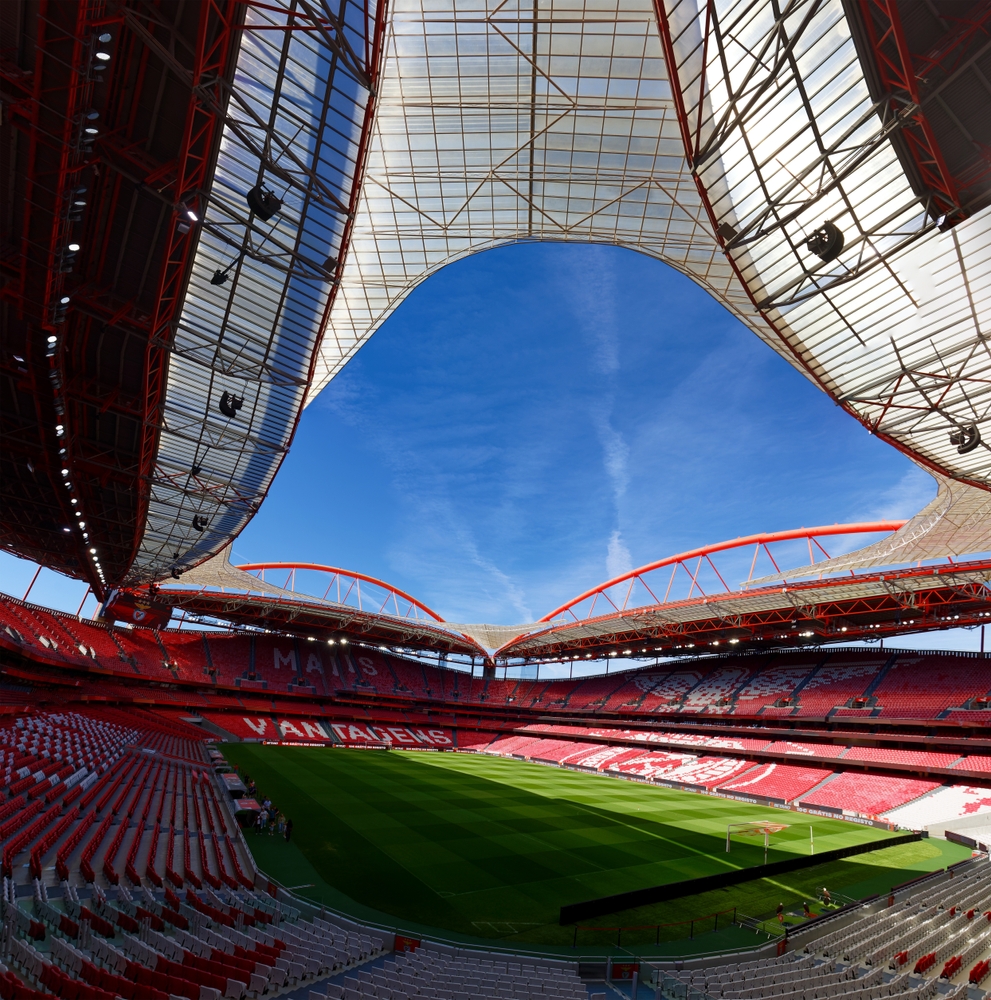
Located in Lisbon, Portugal, Estadio da Luz is a modern marvel, built in 2003 for Euro 2004. It serves as the home ground of Benfica, one of Europe’s most prestigious clubs. Known for its vibrant atmosphere, the stadium’s design inspired Arsenal’s Emirates Stadium. A highlight in its history was the 2014 match against Porto, which set its record attendance at 65,400, cementing its status as a footballing fortress.
18. Mestalla Stadium (Capacity: 49,430)

Valencia’s Mestalla Stadium is a historic venue in Spanish football, known for its steep seating and electrifying ambiance. Since its opening in 1923, it has been a fortress for the club. Despite Valencia’s struggles in recent years, fans continue to flock to the ground. Its peak came in 1952, when a staggering 75,000 supporters attended a match against Real Madrid, highlighting the enduring passion of its fanbase.
Read also: Premier League 2024/25 - One Defining Stat for Each Club
17. Stade Vélodrome (Capacity: 67,394)
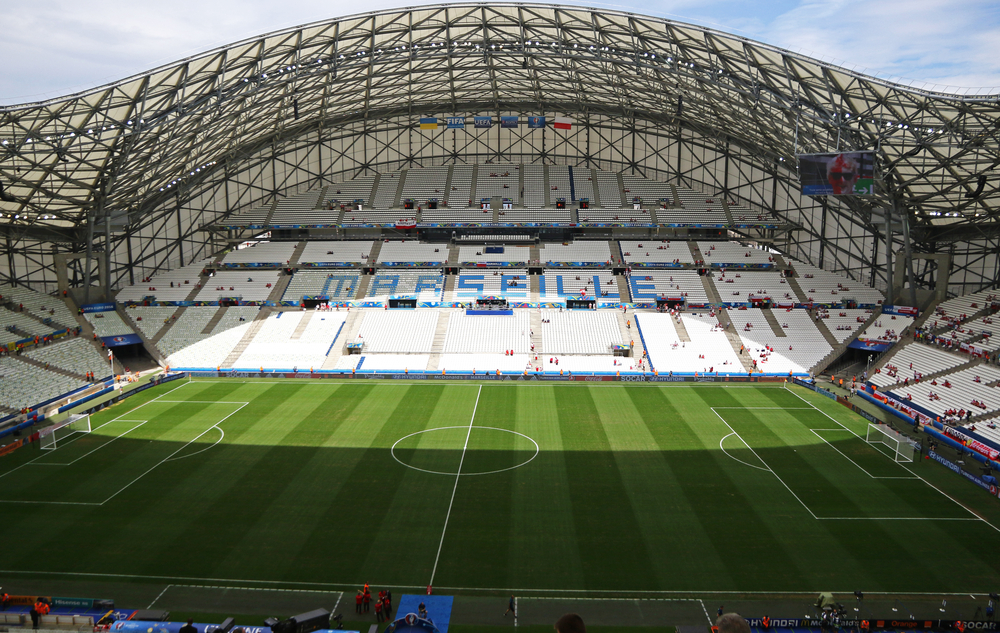
Situated in Marseille, France, Stade Vélodrome is the largest football stadium in the country. Originally built in 1937, it has undergone significant renovations to modernize its facilities. The stadium is renowned for its unique roof design, which amplifies crowd noise, creating an intimidating atmosphere for visiting teams. In 2023, a match against Paris Saint-Germain saw a record 65,894 fans fill the stands, showcasing its enduring allure.
16. Wanda Metropolitano (Capacity: 71,461)

Atletico Madrid’s Wanda Metropolitano is a symbol of modern football. Initially opened in 1994 and extensively renovated in 2017, it offers cutting-edge amenities and an intimate fan experience. The stadium gained international recognition when it hosted the 2019 Champions League final. Its record attendance of 69,196, set during a 2024 match against Inter Milan, underscores its status as one of Spain’s premier venues.
15. El Monumental (Capacity: 84,567)
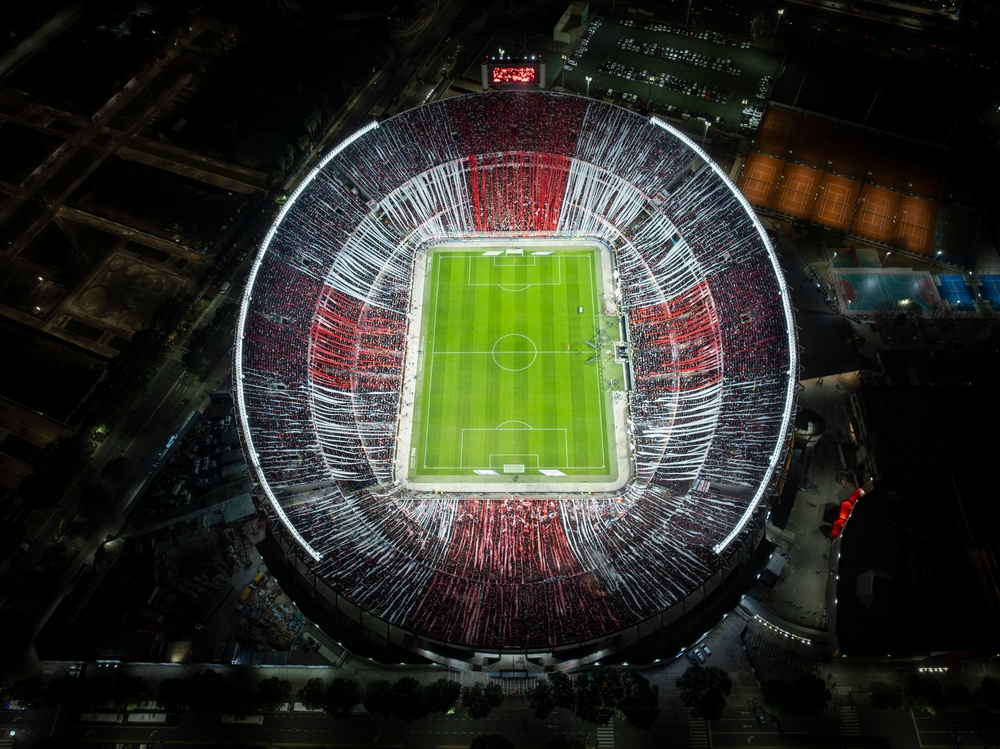
Home to River Plate in Buenos Aires, Argentina, El Monumental is steeped in football history. Opened in 1938, it has been the backdrop for countless iconic moments in South American football. The stadium reached its peak capacity in 1975, with 100,000 fans attending a match against Racing Club. Its passionate atmosphere and rich heritage make it a must-visit for football enthusiasts worldwide.
14. Celtic Park (Capacity: 60,441)

Celtic Park, located in Glasgow, Scotland, is the largest football stadium in the country and a fortress for Celtic. Built in 1892, it has hosted legendary matches and unforgettable Old Firm derbies. Its most famous moment came in 1938, when 83,500 fans gathered to watch Celtic take on Rangers. The stadium’s vibrant green seats and the unwavering support of its fans create an electric atmosphere.
Read also: UEFA Champions League 2025/26 Prize Money Distribution
13. Camp Nou (Capacity: 105,000)
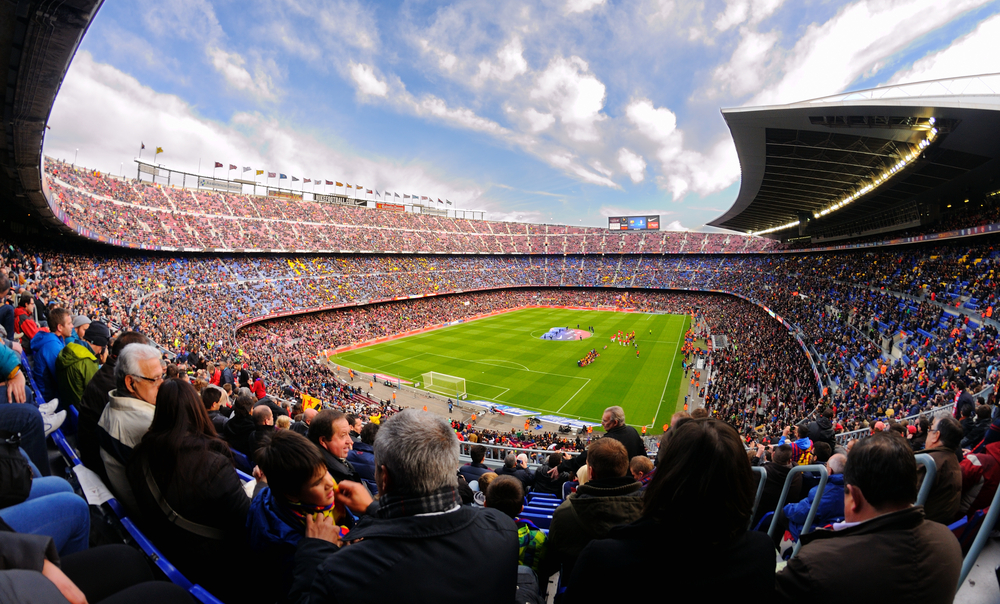
Barcelona’s Camp Nou is not only the largest stadium in Europe but also a global symbol of football excellence. Opened in 1957, it has seen some of the greatest players in history grace its pitch. In 1986, a record 120,000 fans witnessed a match against Juventus, showcasing the sheer magnitude of its appeal. Renovations are underway to ensure it remains a pinnacle of footballing grandeur.
12. Soccer City (Capacity: 94,736)
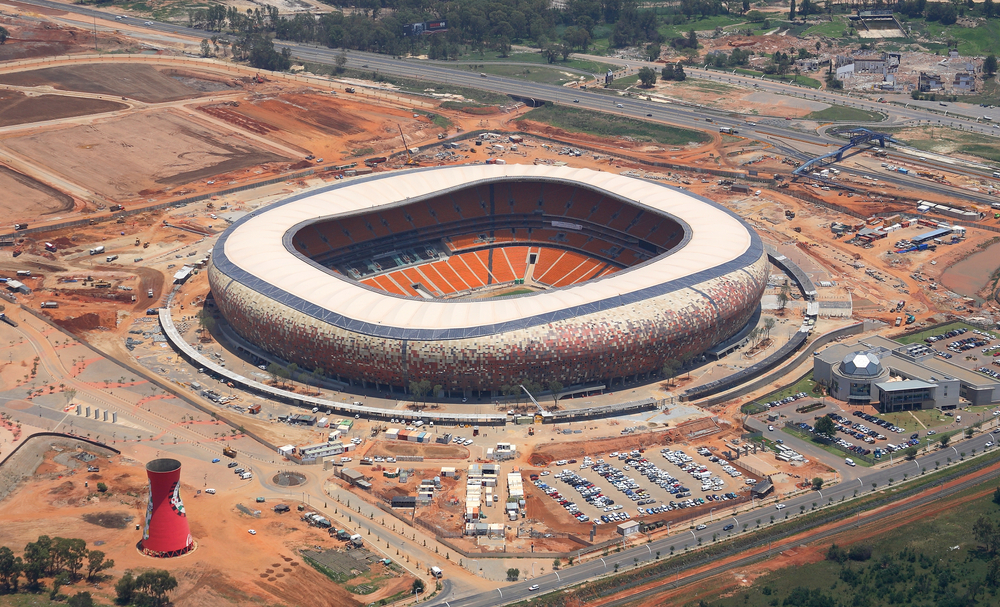
Soccer City in Johannesburg, South Africa, is an architectural masterpiece, famed for hosting the 2010 FIFA World Cup final. Its calabash-inspired design and vibrant atmosphere make it a standout venue. The stadium’s record attendance of 94,713 was set during the 2010 final between Spain and the Netherlands, forever etching it into football history.
11. La Bombonera (Capacity: 54,000)
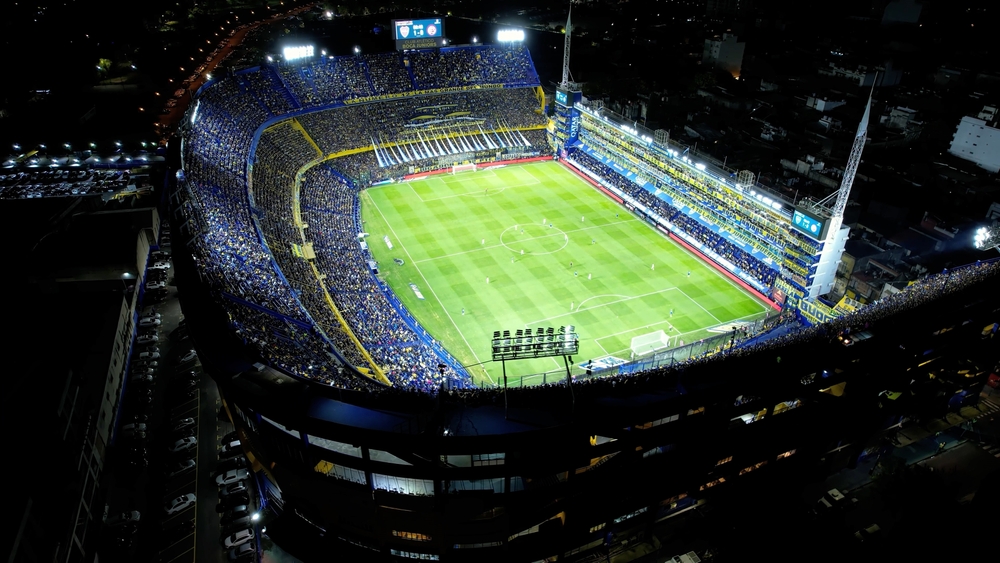
Boca Juniors’ La Bombonera in Buenos Aires, Argentina, is renowned for its unique design and intense atmosphere. Its nickname, "The Chocolate Box," reflects its steep and compact structure. In 1954, the stadium reached its record attendance of 57,395 during a match against River Plate. The colorful exterior and passionate fans make it one of football’s most distinctive venues.
10. San Siro (Capacity: 75,817)

The San Siro, shared by AC Milan and Inter Milan, is one of football’s most iconic stadiums. Opened in 1926, its architecture ensures excellent visibility for all spectators. In 1955, a record 82,995 fans attended a match between Inter Milan and Juventus, showcasing the stadium’s immense appeal. Despite plans for a new venue, the San Siro remains a cherished part of Italian football history.
Read also: Top 50 Biggest Transfers of the 2025 Summer Window, Ranked
9. Maracana (Capacity: 73,139)

Rio de Janeiro’s Maracana is synonymous with football greatness, having hosted the 1950 World Cup final. During that iconic match between Brazil and Uruguay, a record 199,854 fans packed the stadium, setting an unparalleled benchmark. Today, it continues to host Fluminense, Flamengo, and the Brazilian national team, maintaining its legacy as one of the world’s greatest stadiums.
8. Old Trafford (Capacity: 74,310)

Known as "The Theatre of Dreams," Manchester United’s Old Trafford is a symbol of footballing heritage. Since its opening in 1910, it has been the stage for countless memorable moments. In 1939, a record crowd of 76,962 watched Wolverhampton Wanderers face Grimsby Town. Despite its age, the stadium remains a revered venue in world football.
7. Anfield (Capacity: 61,276)
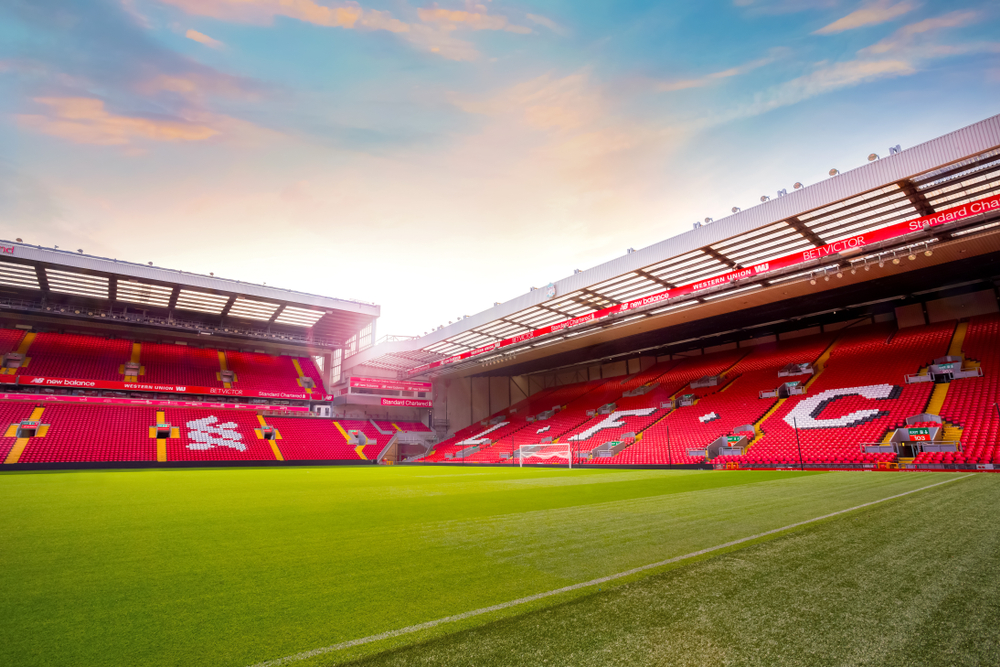
Liverpool’s Anfield is a stadium that embodies passion and history. Famous for the "You’ll Never Walk Alone" anthem, it provides one of football’s most intense atmospheres. In 1952, a record 61,905 fans attended a match against Wolverhampton Wanderers. With recent renovations, Anfield continues to captivate and inspire football fans globally.
6. Estadio Azteca (Capacity: 87,523)

Located in Mexico City, Estadio Azteca is the third-largest football stadium in the world. It hosted Diego Maradona’s legendary performances during the 1986 World Cup. The stadium’s record attendance of 119,853 occurred in 1968 during a match between Mexico and Brazil, cementing its place in football history.
Read also: 20 Greatest Real Madrid Players of All Time – Ranked from Legends to Immortals
5. Allianz Arena (Capacity: 75,024)
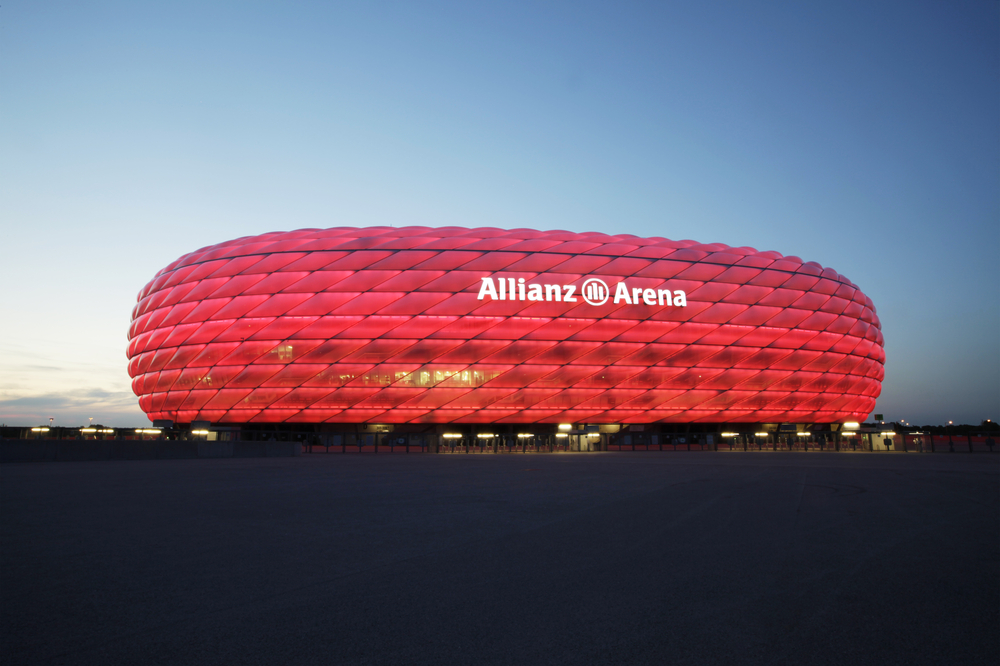
Bayern Munich’s Allianz Arena in Germany is celebrated for its illuminated facade and state-of-the-art design. Opened in 2005, it has become a symbol of modern football. The stadium regularly hosts sellout crowds, with a record attendance of 75,000 during Bundesliga matches, reflecting its popularity among fans.
4. Signal Iduna Park (Capacity: 81,365)

Borussia Dortmund’s Signal Iduna Park is renowned for its "Yellow Wall" and electrifying atmosphere. Since its opening in 1974, it has been a fortress for the club. In 1977, a record 83,000 fans attended a match against Schalke, underscoring the passion and loyalty of Dortmund’s supporters.
3. Wembley Stadium (Capacity: 90,000)
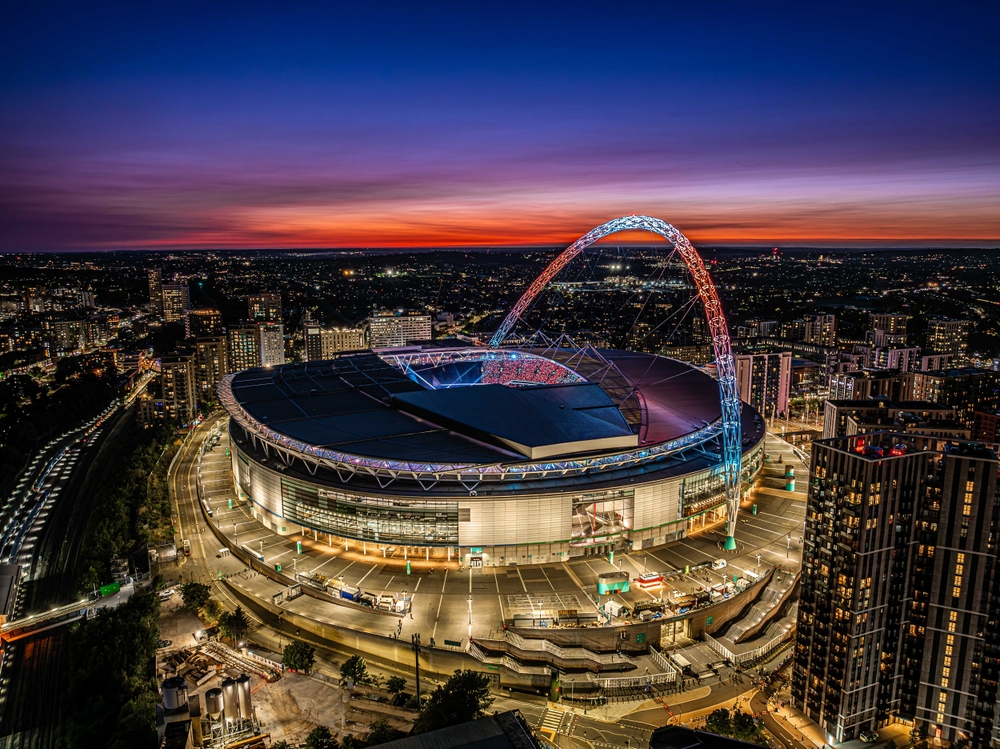
Wembley Stadium, England’s national stadium, is often referred to as the "Home of Football." Rebuilt in 2007, it boasts modern amenities and an iconic arch. In 2008, a record attendance of 89,874 was recorded during the FA Cup final between Cardiff City and Portsmouth, highlighting its status as a premier football venue.
2. Tottenham Hotspur Stadium (Capacity: 62,850)
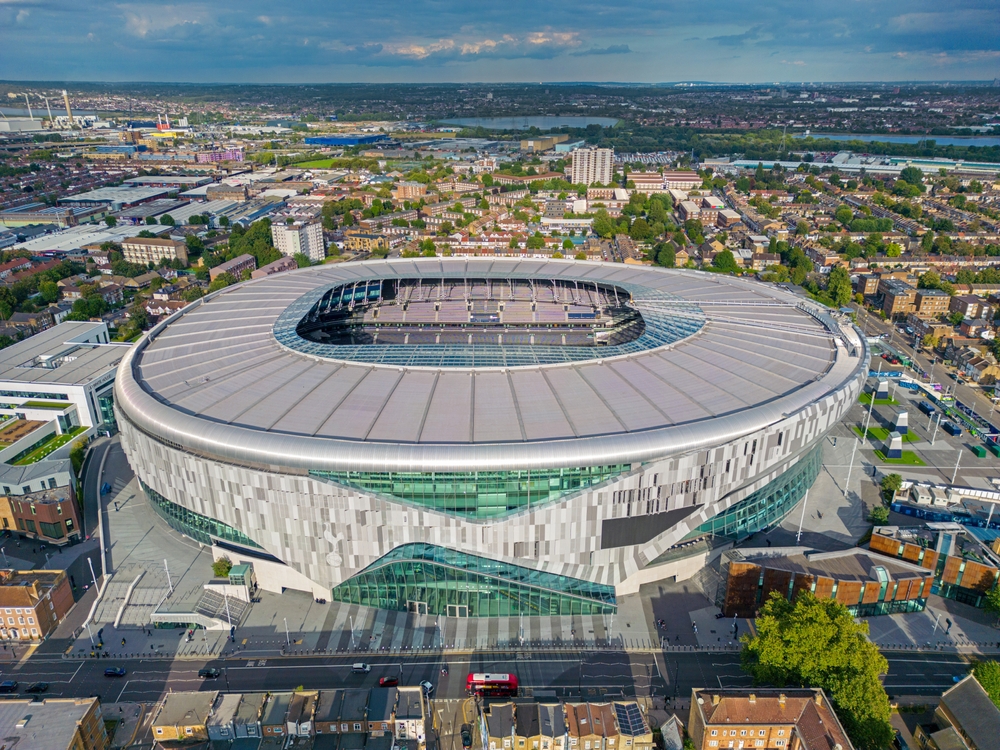
Tottenham Hotspur Stadium, opened in 2019, is a modern architectural marvel. Designed to enhance the fan experience, it has quickly gained recognition as one of the best stadiums in the world. In 2022, a record 62,027 fans attended a match against Arsenal, showcasing the stadium’s capacity to host high-stakes encounters.
Read also: The 20 Highest-Paid Rugby Players in the World - Ranked from Lowest to Highest
1. Santiago Bernabeu (Capacity: 83,186)

Real Madrid’s Santiago Bernabeu is undergoing extensive renovations to become the world’s most advanced football stadium. Opened in 1947, it has hosted countless historic matches. The record attendance of 129,690, set in 1956 during a match against AC Milan, remains a testament to its enduring legacy as a footballing cathedral.




